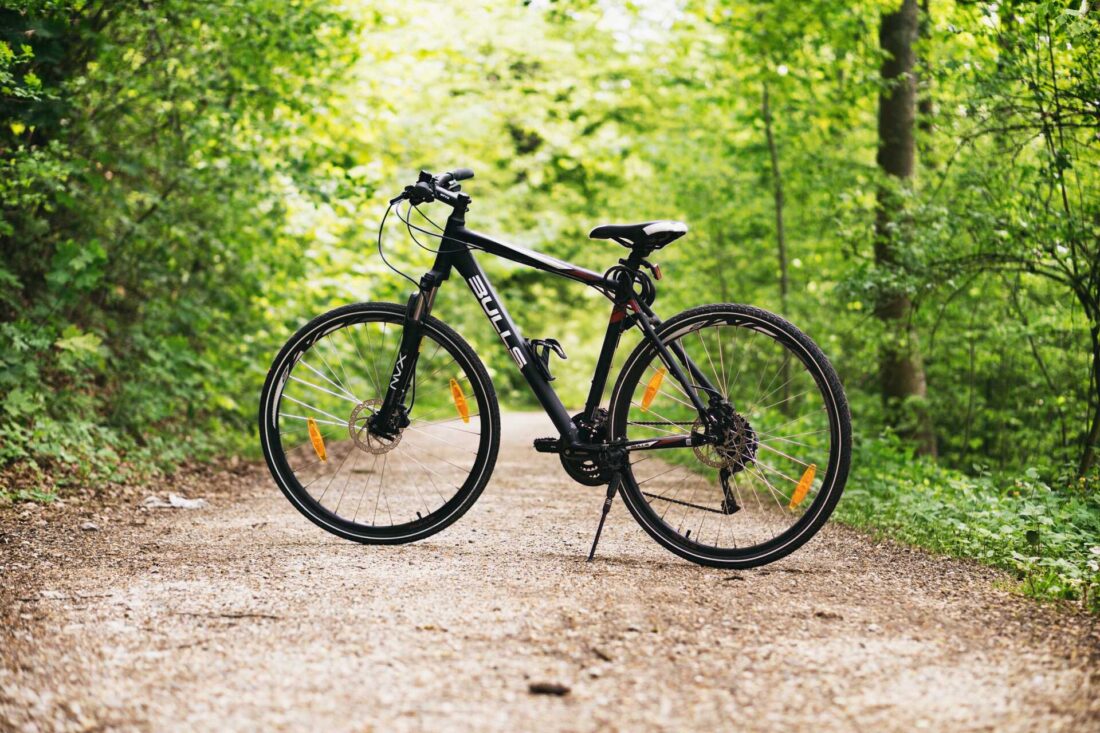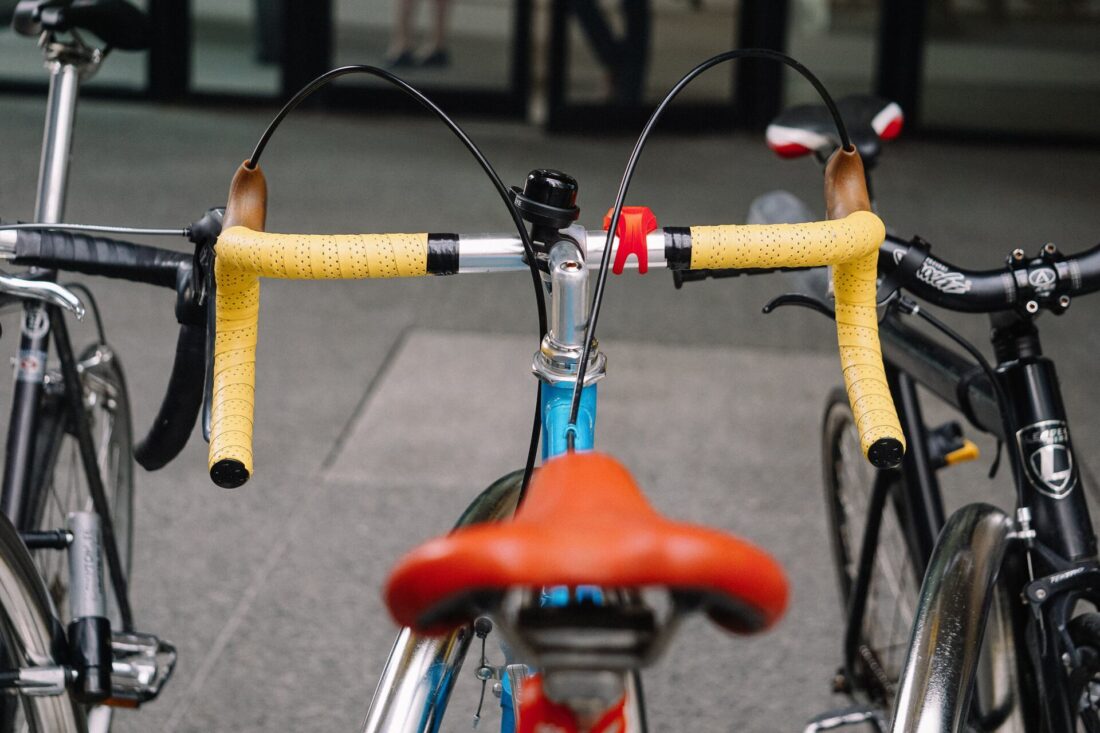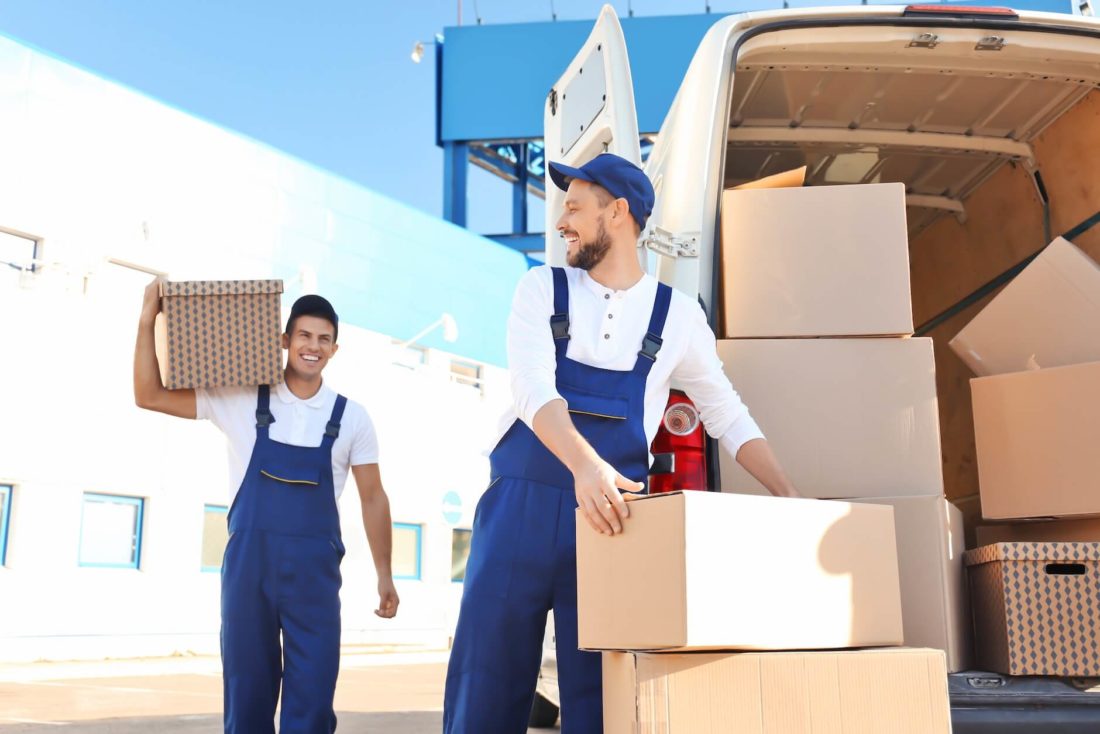Packing a bicycle for moving seems challenging, but with the right approach, it’s quite manageable. We’ll explore 15 essential tips on how to pack a bicycle for moving, ensuring your bike stays safe and secure during the journey. From choosing the right materials to step-by-step disassembly, we cover everything you need to make the bike’s relocation smooth and stress-free.


So, what should you know about how to pack a bicycle for moving? Firstly, partially disassemble the bike by removing the pedals, handlebars, and wheels. This reduces its size and makes it easier to handle. Wrap each part separately in bubble wrap or protective foam to prevent scratches. Secure the frame in a bike box or a large moving box, using additional padding to fill any empty spaces and prevent shifting during transport. Ensure all parts are snugly fit and the box is securely sealed. Label the box clearly to ensure careful handling.
First, Prepare Your Bicycle for Packing
When relocating large items, preparing them for packaging is a critical first step to ensure it’s moved safely. Begin by inspecting each component for mechanical issues that need addressing.
Deflate the tires slightly to avoid any pressure changes during transit, but not completely, as some air cushion helps protect the rims.
Remove any accessories and loose items, such as water bottles or panniers.
Detach the pedals, handlebars, and, if possible, the front wheel to make the frame more compact. Secure loose cables to avoid tangling or damage.
Start With a Clean Bike
Starting with a clean bike is not just about aesthetics; it’s a practical part of move-out cleaning. It might be tricky to accomplish this during a last-minute relocation, but if there’s enough time, don’t skip this task. Dirt and grime can hide potential issues or cause damage if left unaddressed.
Use a gentle cleaner and sponge to wipe down the frame, handlebars, seat, and wheels. Pay special attention to the drivetrain and gears, as accumulated dirt here can cause problems. Clean bicycles not only ensure a more pleasant unpacking at the new location but also help in identifying any maintenance needs.
Here is a video with great tips on how to clean the bike thoroughly.
Check for Pre-Existing Damages Before Packing
Thoroughly check it for any pre-existing damages. Inspect the frame for cracks or bends, which could worsen during the relocation. Ensure that the wheels are true, and the spokes are intact and tight.
Check the brakes and gears for proper operation, as malfunctioning components can become more damaged if not addressed. On top of this, examine the chain and drivetrain for wear. Documenting these conditions provides a reference in case any disputes arise with cross-country movers over new damages incurred.


Here Comes the Difficult Part – Disassemble the Bicycle
One of the most intricate tasks is disassembling the two-wheeler. This is vital for ensuring everything goes smoothly and without damage. It’s a good idea to create a plan and perhaps even throw a farewell party, inviting friends to lend a hand.
The focus should initially be on detaching key components – starting with the pedal area, moving to the steering mechanism, and finally, the seat. This careful dismantling is essential for a stress-free move.
Removing the Pedals – Step-By-Step Guide
Removing the pedals is a key task to prepare for the relocation and should be part of an extended relocation to-do list. For some, it might seem difficult, but there are tips for making the whole process effortless. Follow these steps:
- Identify the pedal type – Determine whether the pedals require a pedal wrench or an Allen key.
- Right pedal – Remember that the right pedal has a regular thread, so turn it counterclockwise to loosen.
- Left pedal – The left pedal has a reverse thread; turn it clockwise to loosen it.
- Use leverage – If the pedals are tight, use a piece of pipe over the wrench for extra leverage.
- Protect threads – Wrap the pedal threads in a cloth or use a protective cap to prevent damage.
Taking Off the Handlebars – Tips for Safely Detaching Handlebars
Safely detaching the handlebars is the next step. Try to focus on using proper tools so they are taken off easily. We’ve listed a couple of tips that can ease the entire process:
- Loosen bolts evenly – Gradually loosen the bolts to avoid warping the clamp.
- Protect cables – Carefully manage brake and gear cables to avoid tangling or straining them.
- Mark positions – Use tape or markers to note the position of the handlebars and controls for easy reassembly.
- Gentle handling – Handle the bars gently once detached to avoid scratching or bending.
Finally, Remove the Seat
The final step is removing the seat. This task is straightforward – simply loosen the clamp with an appropriate tool, gently extract the post, and mark its height for easy reassembly later. Once removed, it’s advisable to wrap the seat in protective materials. This ensures they remain unscathed during transit. Don’t miss to incorporate all bicycle components in the moving inventory.


Protect the Fragile Components
When packing a two-wheeler, special attention must be given to its fragile parts. These components, often delicate and prone to damage, need careful handling. Start by identifying parts like the derailleur, brake system, and lights, which are susceptible to impacts.
Wrap them individually with soft packing materials like bubble wrap or foam padding. For added protection, consider using cardboard or rigid plastic as an external shield.
Use Special Techniques for Wrapping the Frame With Bubble Wrap
Wrapping the frame of your two-wheeler requires more than just covering it with packing materials. Begin by applying a layer of foam padding or soft cloth over the frame to prevent scratches.
Carefully wrap bubble wrap around each part of the frame, ensuring that every inch is covered. Pay extra attention to areas where the frame is most vulnerable, like the corners and joints. Secure the bubble wrap with tape, but avoid placing the tape directly on the frame’s surface.
Protect the Chain and Gears
A vital packing tip for a bike is safeguarding the chain and gears. These components are crucial for the bicycle’s smooth operation and can be easily damaged. First, clean the chain and gears to remove any debris or grime.
Lightly lubricate them to prevent rusting during transport. Wrap them in a layer of grease-proof paper followed by bubble wrap or foam. This not only keeps them from tangling or getting snagged but also guards against impacts and pressure that could bend or misalign these delicate parts.
Pack and Protect the Wheels
Avoid common moving mistakes and pack the wheels properly. Deflate them slightly to reduce the risk of punctures or pressure damage, but keep enough air to maintain shape. Each wheel should be wrapped separately in bubble wrap.
For extra protection, place a piece of cardboard between the wheels and the rest of the two-wheeler in the packing box. This method minimizes the risk of the wheels being bent or damaged during transit, which is a frequent issue when relocating two-wheelers.


How to Pack a Bicycle for Moving – Use the Right Box
Believe it or not, boxes big enough to fit disassembled bicycles are available and can be quite effective in protecting your ride during transit. The key is to disassemble the bicycle into smaller components, making it easier to fit into a standard-sized moving box. Arranging these components strategically inside the box will ensure they remain secure and unharmed throughout the move.
Select the Appropriate Bike Box
Learning how to pack a bicycle for shipping? Don’t forget to choose the right box. The best-sized boxes for relocating bicycles can often be found on platforms like Craigslist, where you might find suitable options for free or at a low cost.
Look for bike boxes for moving that are slightly larger than your disassembled bicycle to allow room for protective padding. The box should be sturdy enough to withstand the weight of the items and the rigors of transit. Ensure that the box isn’t too large.
Best Practices for Arranging Parts in the Box
How to pack a bike box? Well, it’s beneficial to use a couple of boxes to distribute the weight and make handling easier. Start by placing the heaviest items, like the frame, at the bottom of the box. Layer smaller, lighter components on top, ensuring they are securely wrapped and cushioned.
Use bubble wrap, foam padding, or crumpled paper to fill any gaps, preventing parts from shifting and colliding. Organize the parts in a way that makes reassembly intuitive. This approach will allow you to maximize space.
Secure All Loose Parts
To pack efficiently, securing all loose parts of the bicycle is imperative. Use zip ties or Velcro straps to keep cables and chains from dangling and getting entangled. If you’ve removed the pedals, handlebars, or seat, wrap them separately and secure them within the box.
Small parts like bolts and screws should be placed in a sealed bag and taped to a larger component or the inside of the box. This precaution ensures that no parts are lost and makes reassembly much easier upon arrival at a new location. Efficient packing safeguards every bicycle’s components.


Additional Tips for Safe Transit
In addition to careful packing, there are several strategies to help you move efficiently and ensure the safe transit of the two-wheeler. If using a moving truck, ensure your bicycle is positioned in a stable, upright position, preferably against a flat surface or sidewall.
Avoid placing heavy boxes on top of the box containing your bicycle. For added protection, use moving blankets or additional cushioning around the bicycle box.
Label Every Box
Use clear, easy-to-read relocation labels to indicate the contents and which side of the box should face up. This practice is especially important for boxes containing fragile items like bicycle parts. For better visibility, use bold markers and consider color-coding labels according to the room or item category.
Hire a Long-Distance Moving Company and Leave the Bicycle to the Movers
For those considering a significant relocation, hiring a long-distance moving company can be a game-changer. When investing in cross-country moving services, inquire about additional packing services. The expertise of professional movers ensures that the bicycle is packed securely.
They have the experience to dismantle, wrap, and box the bicycle in a way that maximizes protection. This approach not only saves time and effort but also assures that your bicycle is in capable hands. With professional packers, the risk of damage is significantly reduced.
Moving Services
Treat yourself with a white glove long distance moving service that’s based on the inventory list and not weight. This means a price guarantee, transparent move costs and premium moving service.
Learn moreAuto Transport
Move your car across the country in an open or enclosed trailer – for an affordable fee. We offer car transport as a standalone service, but you can bundle it with your household move and get a hefty discount.
Learn morePacking Service
Sit back and relax, we’ve got packing services covered. We use moving blankets, shrink wrap, bubble wrap and even custom wooden crating. Your stuff will be protected and carefully handled during the move.
Learn moreAsk the Long-Distance Movers About Insurance
When hiring a cross-country moving company, inquire about their insurance policies. A reliable company should offer comprehensive insurance options to protect all belongings against loss or damage.
This coverage is a safety net that ensures you’re compensated in case your bicycle suffers any harm during transit. It’s essential to understand the insurance terms, including what is covered and the process for making claims.


The Best Way to Ship a Bicycle Is With the Help of the Most Reliable Long-Distance Movers
The most secure way to transport a bicycle is by enlisting the long-distance moving services of reliable movers. From selecting the appropriate packing materials and boxes to expertly disassembling, wrapping, and arranging each part, movers ensure every aspect of the bicycle’s journey is managed proficiently. For a hassle-free, efficient, and safe relocation, contact Long Distance USA Movers. Let us handle the intricacies of your move, ensuring the bicycle arrives in pristine condition at your new destination.
Frequently Asked Questions
How Do You Pack a Bike When Relocating?
Start by disassembling key components such as pedals, handlebars, and, if possible, the front wheel. Wrap each part individually with bubble wrap or foam padding for protection. Use a large box, ideally one designed for two-wheeler transport, and place the frame inside, cushioning it with additional protective materials.
How Do You Wrap a Bike for Transport?
Begin by covering the frame with a soft cloth or foam padding to prevent scratches. Wrap each component, including the frame, handlebars, pedals, and wheels, in bubble wrap. Pay special attention to fragile areas such as gears and the derailleur.
How Do I Prepare My Bike for Transport?
Lubricate the chain and gears slightly. Detach components like pedals, handlebars, and possibly the seat to make the frame more compact. Slightly deflate the tires but leave some air to protect the rims. Wrap each component separately.
How Do I Transport My Bicycle?
After disassembling and wrapping each part, place them in the box, ensuring they are well-cushioned. If transporting by vehicle, ensure the box is positioned in a stable manner, ideally in an upright position. For longer distances, consider using professional services that specialize in long-distance moving.











